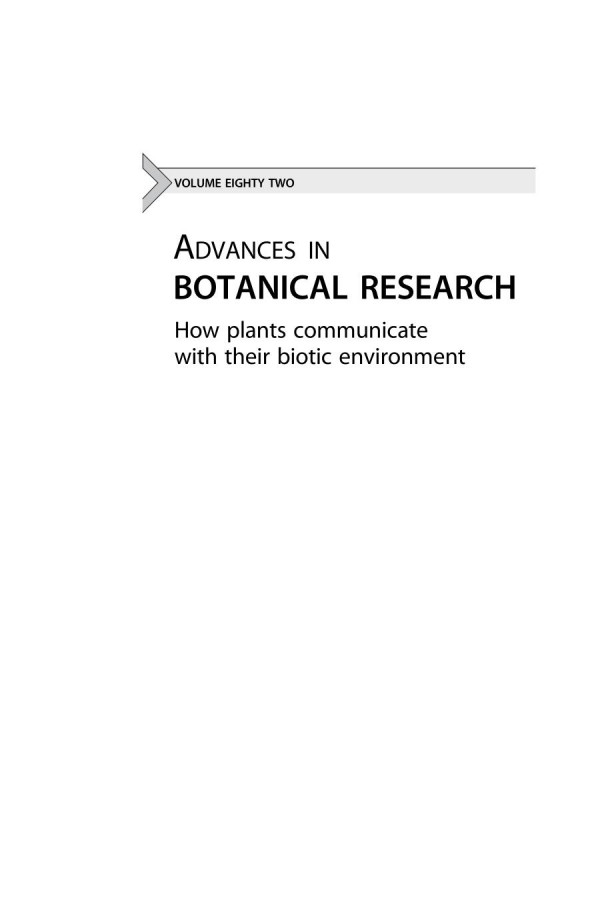

Most ebook files are in PDF format, so you can easily read them using various software such as Foxit Reader or directly on the Google Chrome browser.
Some ebook files are released by publishers in other formats such as .awz, .mobi, .epub, .fb2, etc. You may need to install specific software to read these formats on mobile/PC, such as Calibre.
Please read the tutorial at this link: https://ebookbell.com/faq
We offer FREE conversion to the popular formats you request; however, this may take some time. Therefore, right after payment, please email us, and we will try to provide the service as quickly as possible.
For some exceptional file formats or broken links (if any), please refrain from opening any disputes. Instead, email us first, and we will try to assist within a maximum of 6 hours.
EbookBell Team

4.3
88 reviewsHow Plants Communicate with Their Biotic Environment addresses how plants perceive the presence of organisms (other plants, microbes, insects and nematodes) living in their proximity, how they manage to be attractive when these organisms are friendly, and how they defend themselves from foes. Specific chapters delve into ecology and defense mechanisms, allelopathy and the role of allelochemicals in plant defense, plant signaling, and plant communication with microbes and animals, including herbivores. In addition, the book presents discussions on communication and its role in plant pollination. This comprehensive resource presents tactics that can be taken from the lab, to the bench, to the forest.